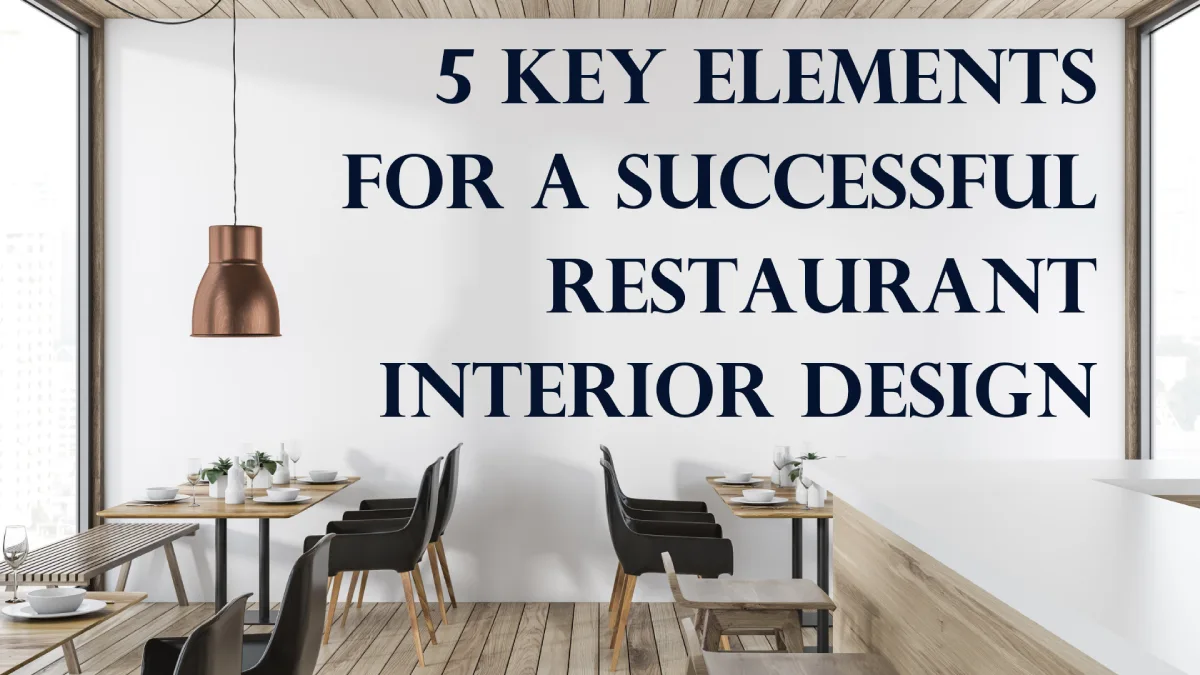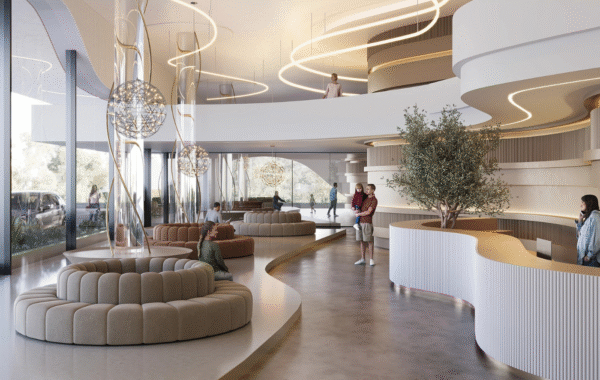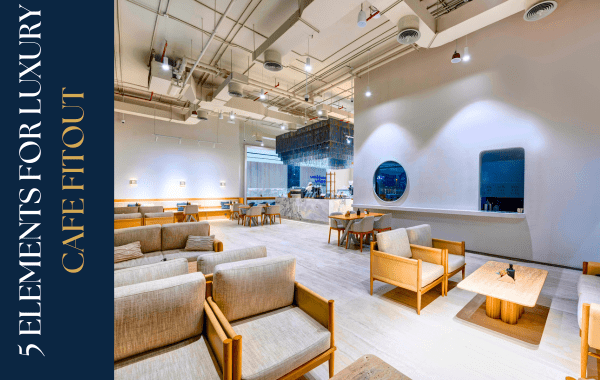Introduction:
Restaurants are places where people go to have good food and a great time. Those two things should be, if not already, the basis of all decisions that are made when building a restaurant. And because having good food is only part of the experience, many restaurateurs are now putting more emphasis in making their spot stand out by carefully planning their restaurant interior design room:
Here are the 5 key elements every business owner and designer must consider to create a successful restaurant interior design:
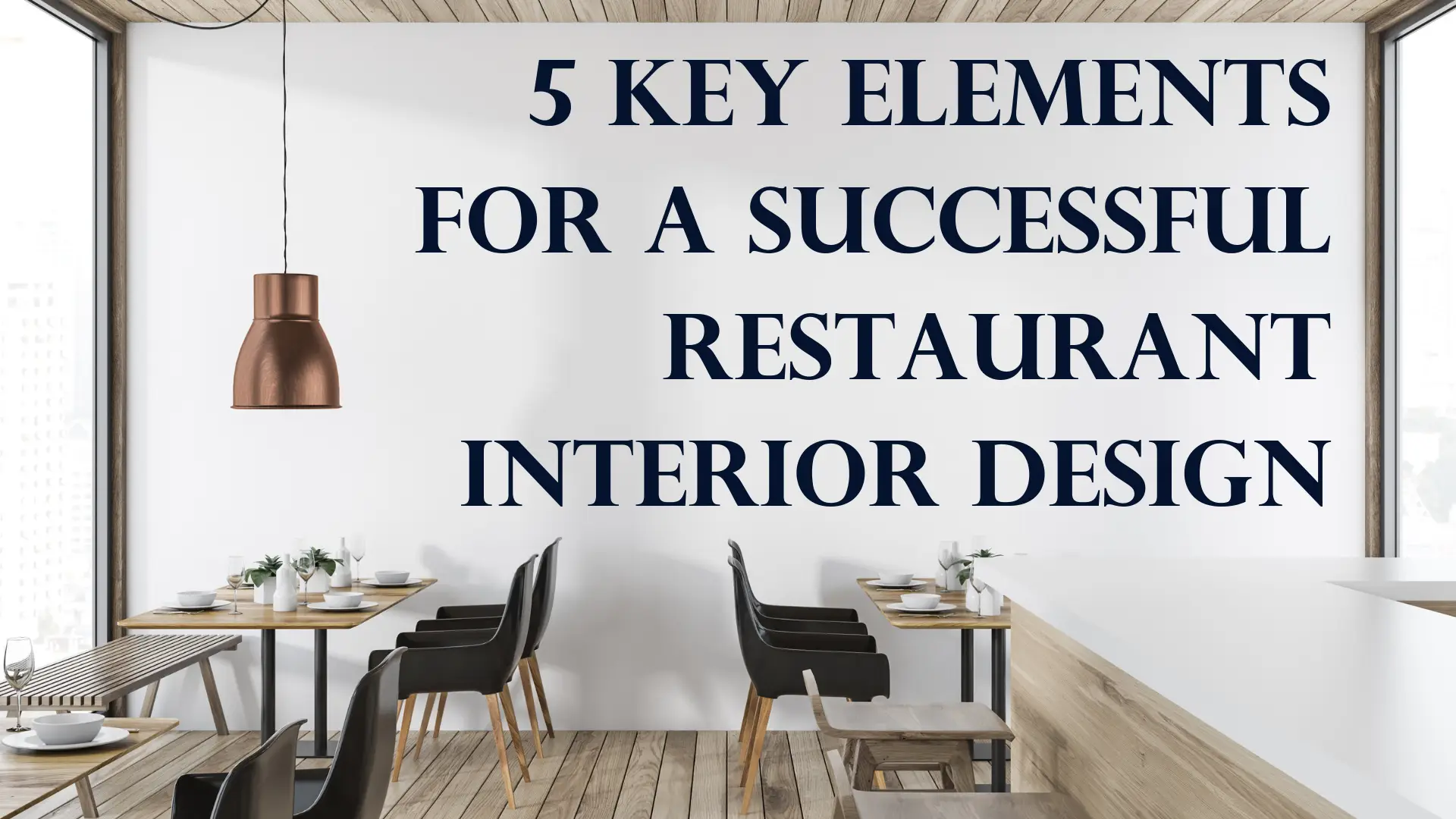
1. COHESIVE THEME IN RESTAURANT INTERIOR DESIGN
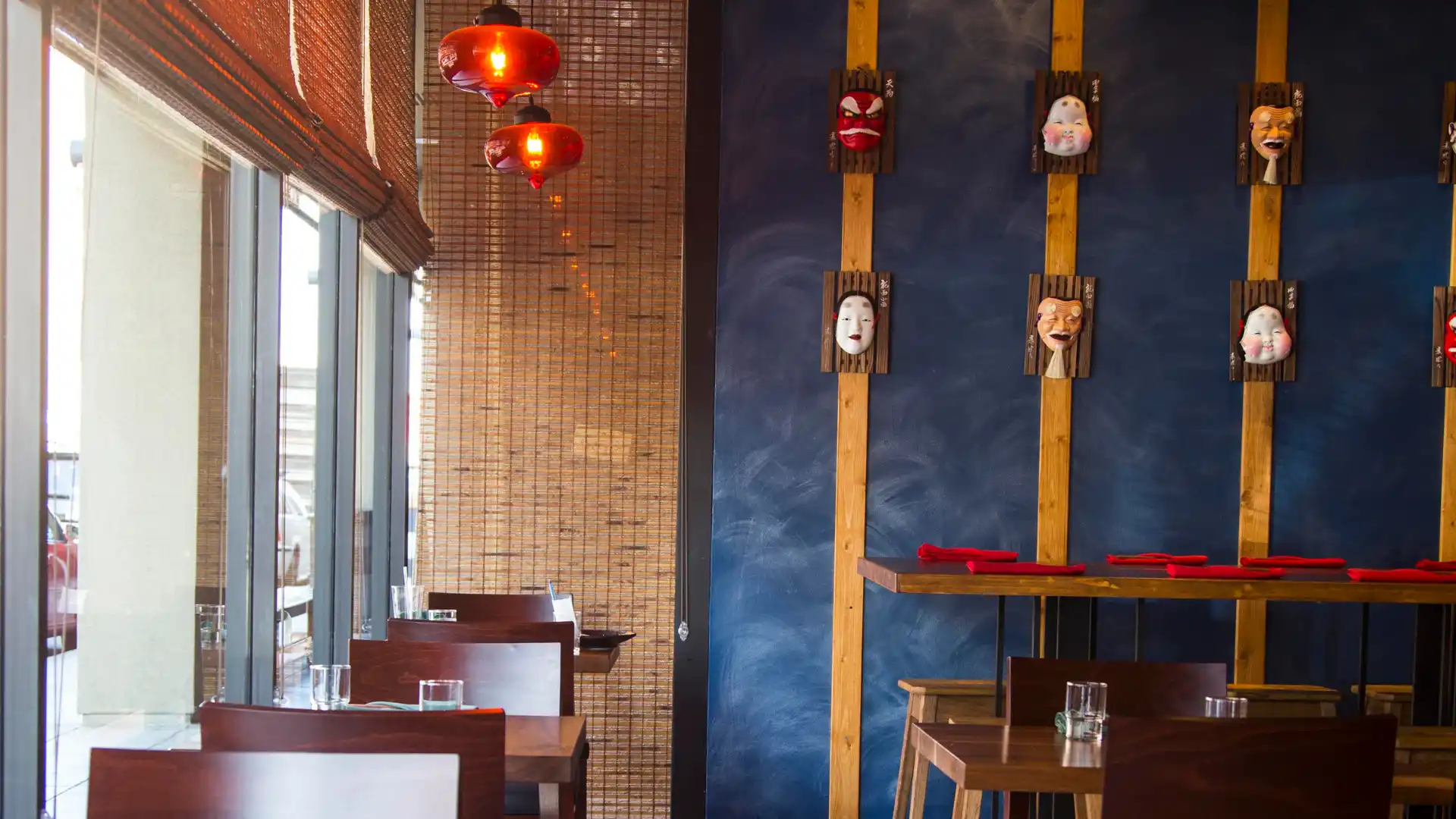
Think of your restaurant’s theme as its very own personality. Like human personality, your restaurant’s personality must be consistent, else it be taken the wrong way and your customers end up getting confused. A desi restaurant would look odd fitted out with Japanese style interiors, whilst a burger joint would hardly translate with crystal wineglasses and linen napkins.
That is not to say that you cannot have a fresh take on your theme’s aesthetic. On one hand, to stand out in a sea of competition, you will need to find a way to bring something new to the table design-wise. You are free to incorporate design innovation, however, be sure to remain true to the core theme and that everything still forms a cohesive whole. Know the rules carefully so you can break them well enough that your design still works, much to everyone’s astonishment.
2. COLOR PSYCHOLOGY
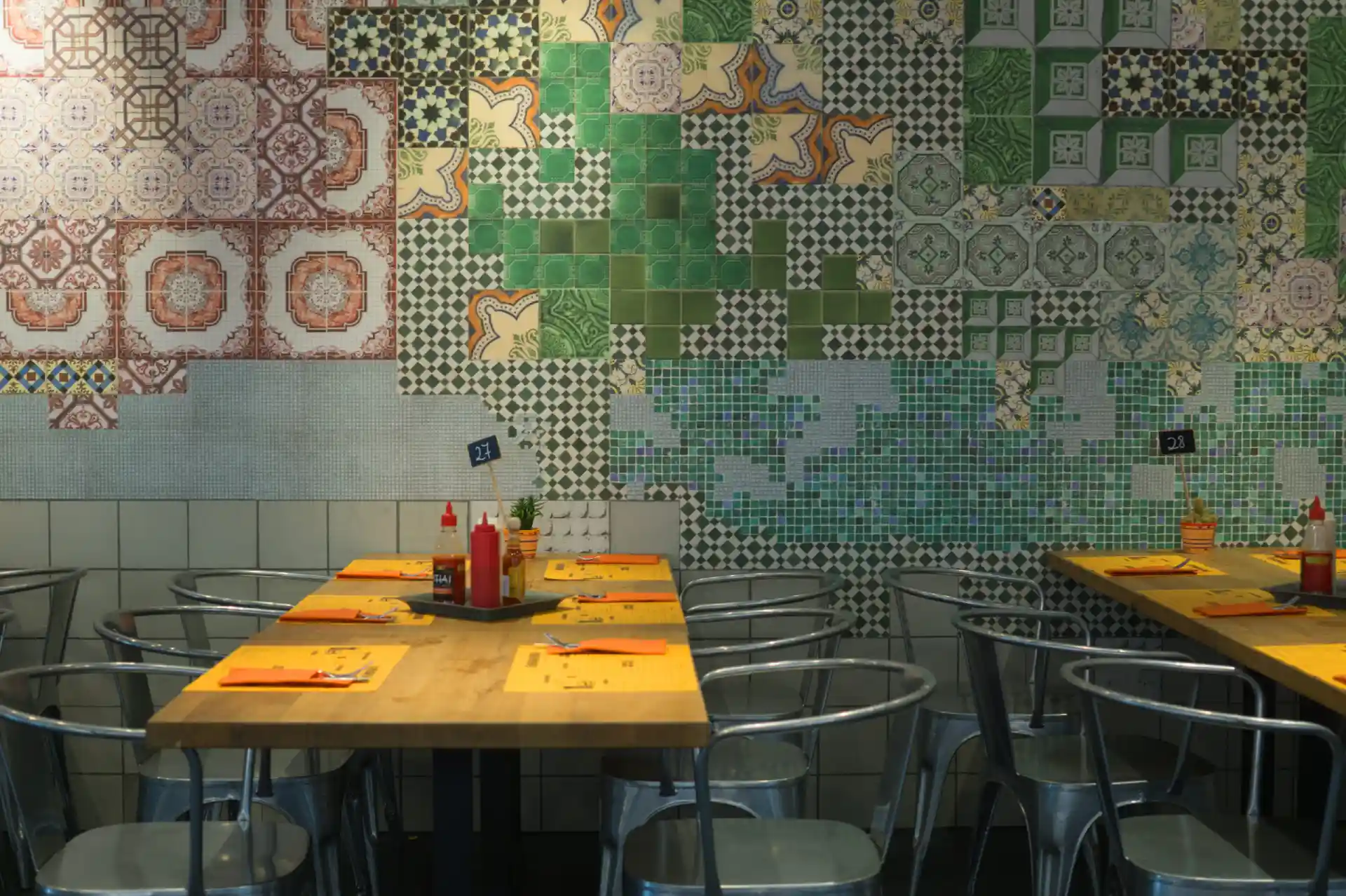
Color evokes emotion and has the power to encourage or discourage certain actions and behaviors, making it a powerful tool for interior design. Picking the right colors can mean the difference between an average design and an excellent one — one that is effective in achieving the purpose of the space.
Not only can colors evoke emotion, but they also have the power to affect feelings of thirst and hunger. Studies have shown that colors can also subconsciously influence customers’ food choices and the amount of money they spend. Ultimately, this means that a restaurant or cafe’s color palette is the first point of contact with target customers.
Colors, in the context of food & beverage interior design, can be grouped into 3 categories: strong appetite stimulants, mild appetite stimulants, and appetite suppressants. Read more on that in our previous article.
3. USER FLOW
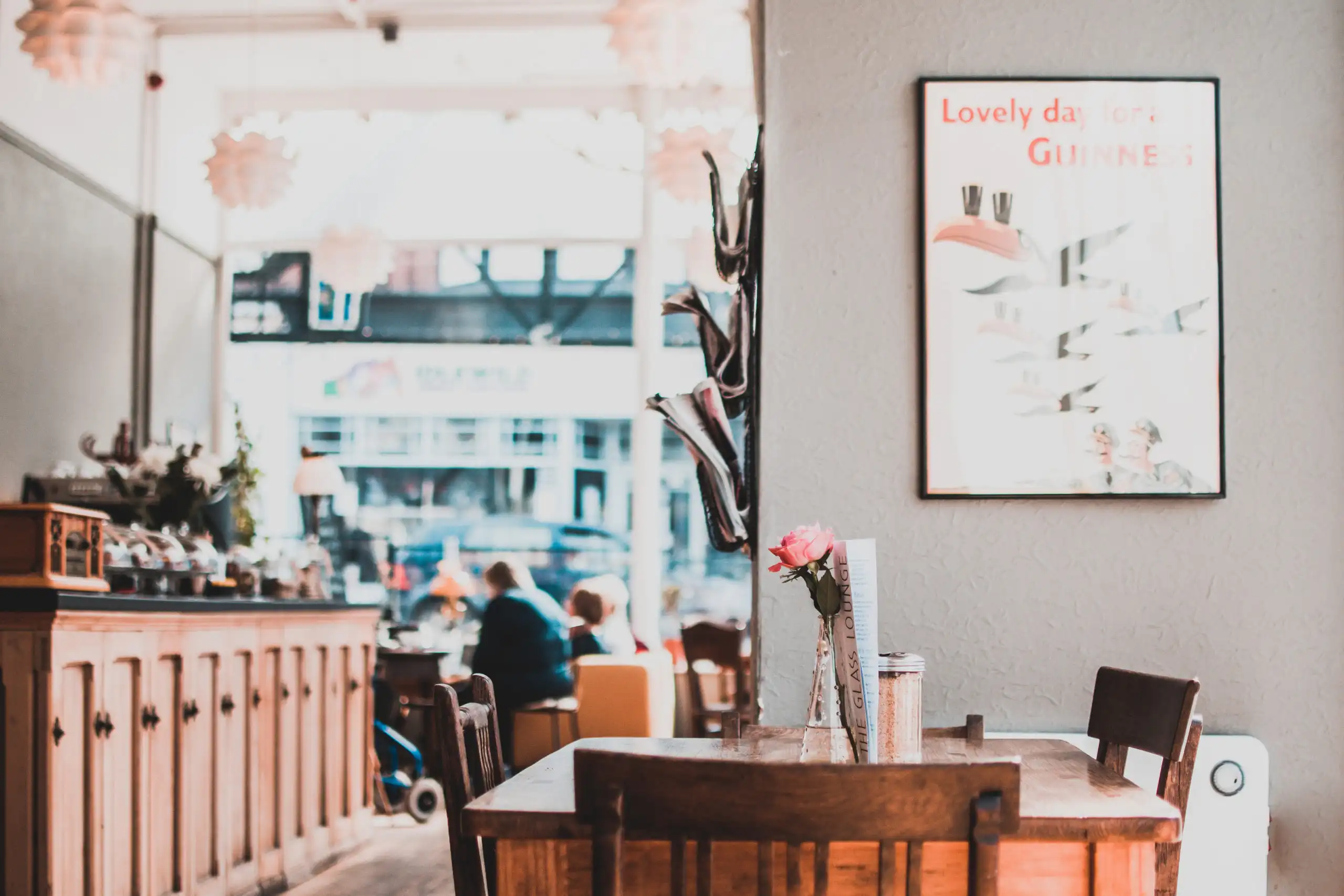
More than how it looks, pay close attention to how effectively and comfortably regular users can move around in the space. Wait staff should have safe and easy access to and from the kitchen, whilst customers should be able to move around without having to worry about bumping into each other and the furniture with the slightest movement. It’s also important to provide ample waiting area where customers can pleasantly wait for their table to free up.
Space planning has a big impact on the daily operations of your restaurant. The more well-planned your layout is, the less time wait staff have to take to get from the kitchen to the customers and vice versa. When customers are seated, they should have a clear view of the wait staff in case they need something.
4. FURNITURE & DECOR
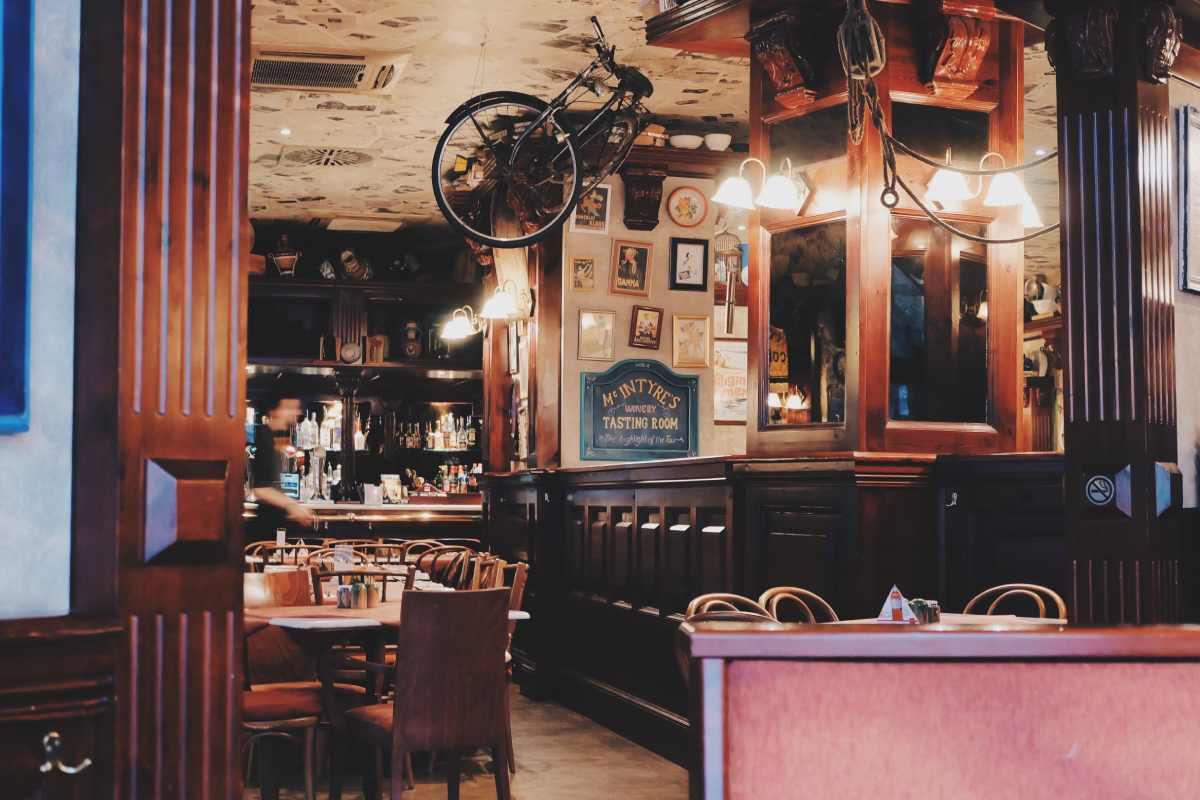
How you furnish and decorate your restaurant can strengthen the visual impact of the theme you have set. But beyond adhering to your theme, your restaurant furniture and decor should cater to your customers’ comfort and needs, and provide a variety of seating options for different kinds of people and groups.
Having a bar area is perfect for those who want a quick bite and a few drinks, while having a few sets of long tables will cater to families and larger groups who may want to stay longer. These two will require different types of seating, as well.
5. LIGHTING
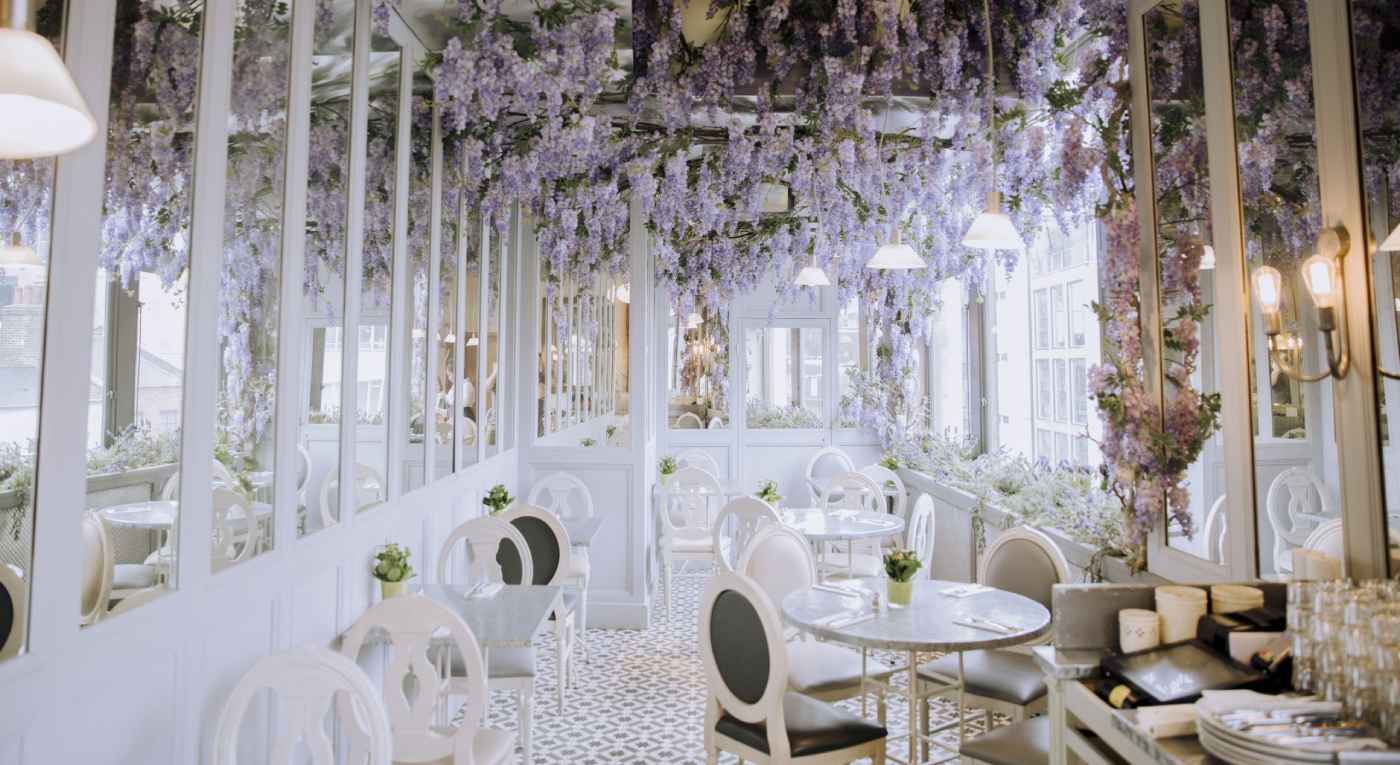
Lighting is the cherry on top of all your restaurant interior design efforts. It is the element that ties together all the other elements. It boosts the mood you want your restaurant to have, and it is ideal to use a good mix of natural and artificial lighting. Determine the kind of mood you want your customers to be in, what type of gatherings and meals you expect them to have, and the like.
When your imagination is ripe with ideas, it can be very easy to get carried away. Before wrapping up your design and build, be sure to experience your restaurant as a guest, as staff, and as a casual observer. This way, you will have a broader grasp of your space and adjust as needed.
Have a project in mind? Send a message.




